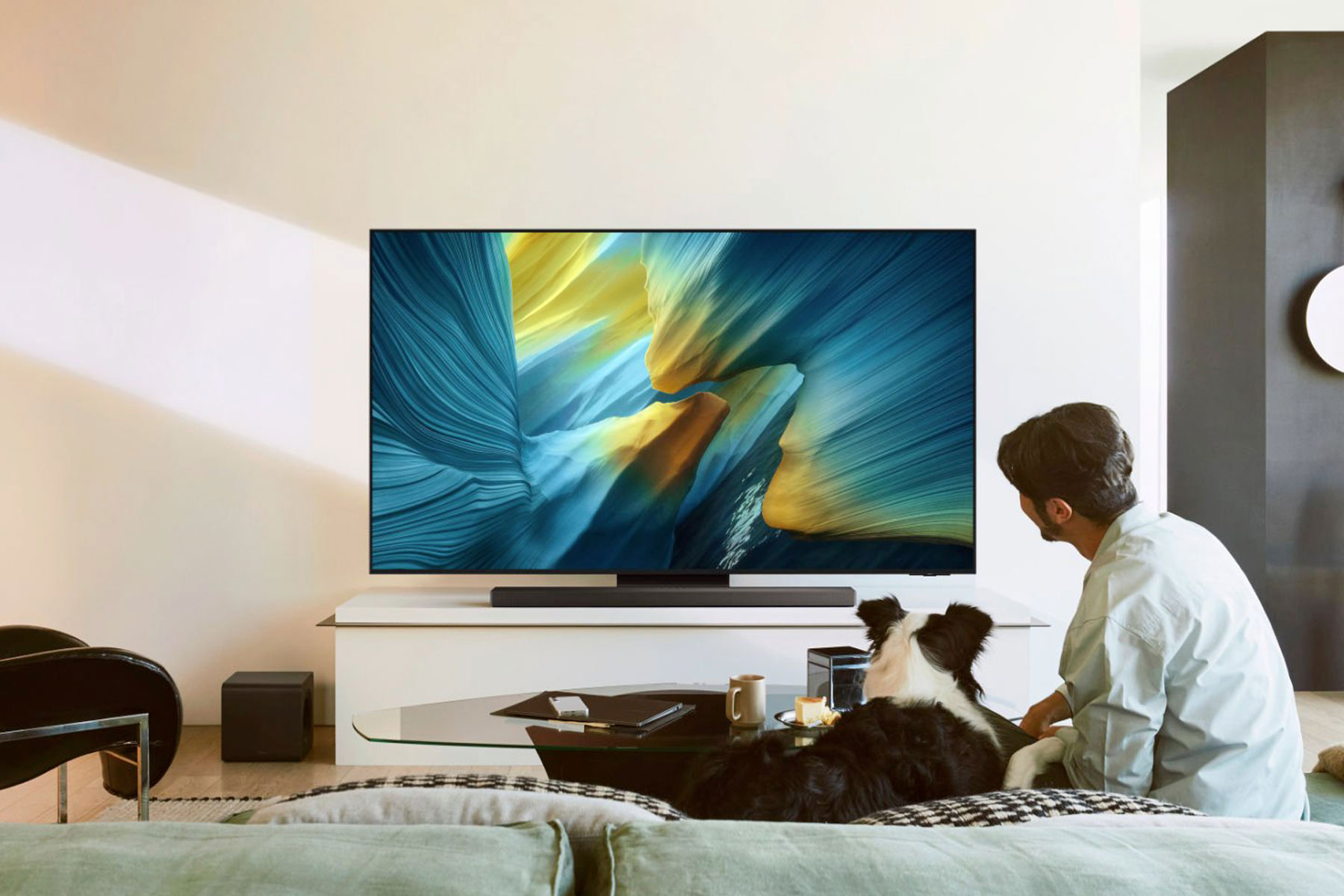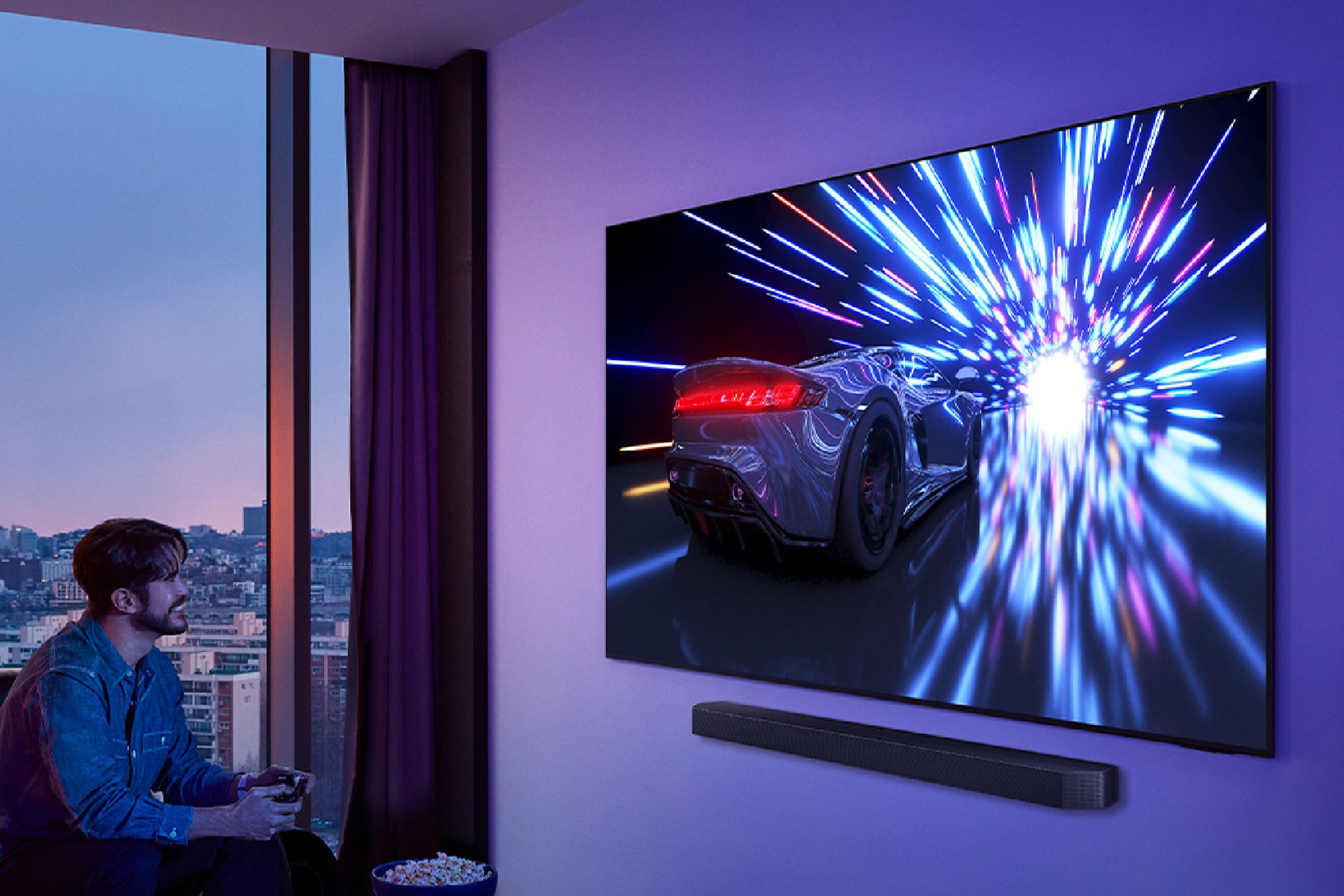Choosing a new TV can feel a bit like selecting a bottle of wine when you don’t know your Chardonnay from your Chablis. There's such a wide array of options, tech terms, and price points, it’s no wonder we get confused.
But before you focus on the technology options, you’ll need to think about these things: Where will your new TV will be located – will this impact on the size? Room lighting - is your space bright during the day, or mostly dim? Viewing angles - do you watch head-on, or from the side? What do you watch mostly - Sports? Movies? Streaming channels? Gaming?
Aesthetics - do you want a slim, wall-hugging model, or a statement piece?
Now you’ve answered these questions – the next key consideration should be: what kind of screen technology is best for your home?
Two of the standout contenders today are OLED and Mini LED TVs. Both deliver stunning picture quality, but they do it in very different ways - and choosing the right one depends on your viewing habits, your living room setup, and how much you're looking to spend. And just a point here – Mini LED refers to the technology, not the size of the television.
What is an OLED TV?
 OLED stands for Organic Light Emitting Diode. Think of OLED as a screen where every single pixel lights up on its own. There’s no backlight - each pixel can be turned on or completely off, giving OLED its signature ultra-deep blacks and incredible contrast.
OLED stands for Organic Light Emitting Diode. Think of OLED as a screen where every single pixel lights up on its own. There’s no backlight - each pixel can be turned on or completely off, giving OLED its signature ultra-deep blacks and incredible contrast.
Ideal for:
• Movie lovers who want cinema-quality picture with high contrasts.
• Darker rooms where those inky blacks really shine
• Excellent viewing angles
• Design-conscious buyers (OLEDs tend to be ultra-thin)
• Gaming enthusiasts for the ultra-fast response times (lag reduction)
What is a Mini LED TV?
 Mini LED stands for Miniature Light Emitting Diodes and as mentioned previously refers to the size of the LEDS, not the size of the TV. Mini LED is a more advanced version of traditional LED TVs. Instead of a few hundred large backlights, it uses thousands of tiny LEDs behind the screen for better brightness control and sharper contrast.
Mini LED stands for Miniature Light Emitting Diodes and as mentioned previously refers to the size of the LEDS, not the size of the TV. Mini LED is a more advanced version of traditional LED TVs. Instead of a few hundred large backlights, it uses thousands of tiny LEDs behind the screen for better brightness control and sharper contrast.
Some manufacturers use different names for this type of technology and it’s worth noting that Samsung use 'Neo QLED' to identify their Mini LED TVs. LG use ‘QNED’ to identify their Mini LED TVs, however this does need to be qualified as their 'entry’ level QNED TV models such as (50QNED86T6A, 55QNED86T6A, 65QNED86T6A) don’t use Mini LED technology.
While Mini LED can't turn individual pixels off like OLED, it still offers excellent black levels thanks to something called “local dimming.” It's especially great in brighter spaces where reflections can be a problem.
Ideal for:
• Bright rooms or daytime viewing
• Looking for a TV that achieves amazing brightness levels and colour contrast
• Sports fans and general TV watching
• Gaming enthusiasts looking for rich & vivid colours
• Available in large sizes 85” – 115”
OLED vs Mini LED: Key Differences
Here’s a quick and easy comparison chart:
Feature | OLED | Mini LED |
Black Levels | Perfect black (individual pixels can turn off) | Excellent, but not perfect (uses dimming zones) |
Brightness | Lower overall brightness | Brighter - great for sunny rooms |
Viewing Angles | Very wide viewing angles | Can fade slightly at extreme angles |
Burn-in Risk | Rare – latest OLED’s have all but eliminated this issue | No burn-in risk |
Design | Super thin and sleek | Slim, but usually thicker than OLED |
Price Range | Often more expensive | Generally more affordable |
Which One Should You Choose?
Choose OLED if:
You love movies and cinematic detail, especially in darker rooms.
You want a premium, stylish design and the best possible contrast.
You mostly watch from an angle to the screen.
You value image precision and depth of colour.
Choose Mini LED if:
You watch a lot of TV during the day or in a bright room.
You want excellent picture quality at more affordable price point.
You need a TV for general family viewing or sports.
You want a larger screen than an OLED that goes up to 77” - Mini LEDs are currently available in 85” 98” 100” & 115” sizes.
Final Thoughts
Room brightness is a big decider. Mini LED handles glare better, and OLED thrives in darker spaces. If size matters and you’re after the biggest TV possible, a Mini LED might offer better value at the larger sizes, and indeed be your only choice over 77” . Most importantly try to compare in-store and see both options in person. The difference in contrast and brightness is easy to spot.
Whether you want the cinematic drama of OLED or the high-powered brightness of Mini LED, you’re in for a serious upgrade from your old TV. There’s no bad choice between these two options, just the right choice for you.
